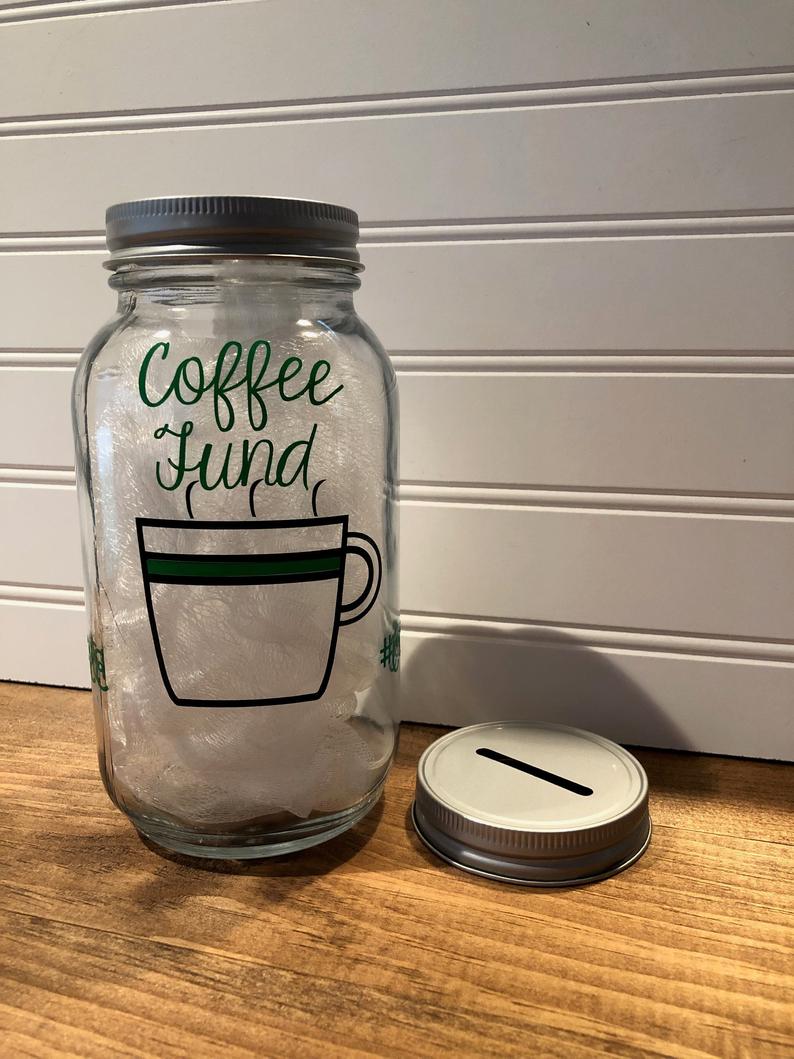
One of the odd things about these #TBT posts is that if you’re not careful, you might accidentally think you’re reading one of my new posts. Like today.
The title of the post would most certainly fit the conditions many public radio stations are feeling right now. It’s been another challenging year for stations throughout the country in some of the biggest markets. This post originally appeared in the heart of the pandemic – September 2020, to be exact – when all of radio (and all of US) were facing a pretty uphill challenge. The world was being disrupted in every conceivable way. And as we knew even back then, it was obvious media organizations would not be immune to the heartache and pain.
At the time I wrote this, I took a lot of heat for even suggesting public radio consider a form of the subscription model in order to pay its bills. Long time public radio pros reminded me about the origins of these stations and how they’re meant to serve the entire public without costs or barriers.
But that wasn’t my point then – and it’s not now. Public radio’s funding mode that relies on listener donations via pledge drives from generous listeners has shown to be frayed at best, outmoded at worst. They are turnoffs to listening, and they have clearly seen better days. That was the case four years ago as it is now.
Next week, I’ll sit down with a few hundred public radio pros who work for our Public Radio Techsurvey stakeholder stations to review the findings of our newest study, the 16th in this series, dating back to 2009. These stations have a solid track record of performance during these years as the competition and disruption have intensified. In fact, they’ve made much progress in many different areas.
But when it comes to funding, not so much. – FJ
September 2020
Remember the days when your radio station was open 24/7, and the full staff showed up every day?
So, then imagine the boss thought it would be a cool idea to purchase a steady supply of coffee and make it available to the staff for a nominal fee. And we’re not just talking any random or generic coffee brand. The boss is into quality and insists on gourmet beans that truly make wonderful coffee – many say the best around.
The boss sets up the “honor system” for the coffee fund. When you pour yourself a cup of coffee, you’re asked to donate 50¢.
But here’s the problem. Even though there’s always a fresh supply of great, premium coffee, not everyone who drinks it makes a contribution. While no one knows the exact percentage, it’s safe to assume only a small group regularly contributes to the fund. The rest simply drink the coffee every day, and hope others fork over the dough. Some make excuses they don’t have the funds right now. Others contend the coffee should be free to employees or that they haven’t had a raise in X years. But most people don’t pay for this wonderful coffee service.
Most responsible bosses wouldn’t put up with this for long. A month or two maybe. At the most, a year.
Now imagine this going on for 40 years.
Because that’s how public radio funding actually works – the honor system.
Aside from a small percentage of government funding through the Corporation of Public Broadcasting, most public radio organizations from NPR to your local stations survive on listener contributions, as well as funding from grants, underwriting, and foundations.
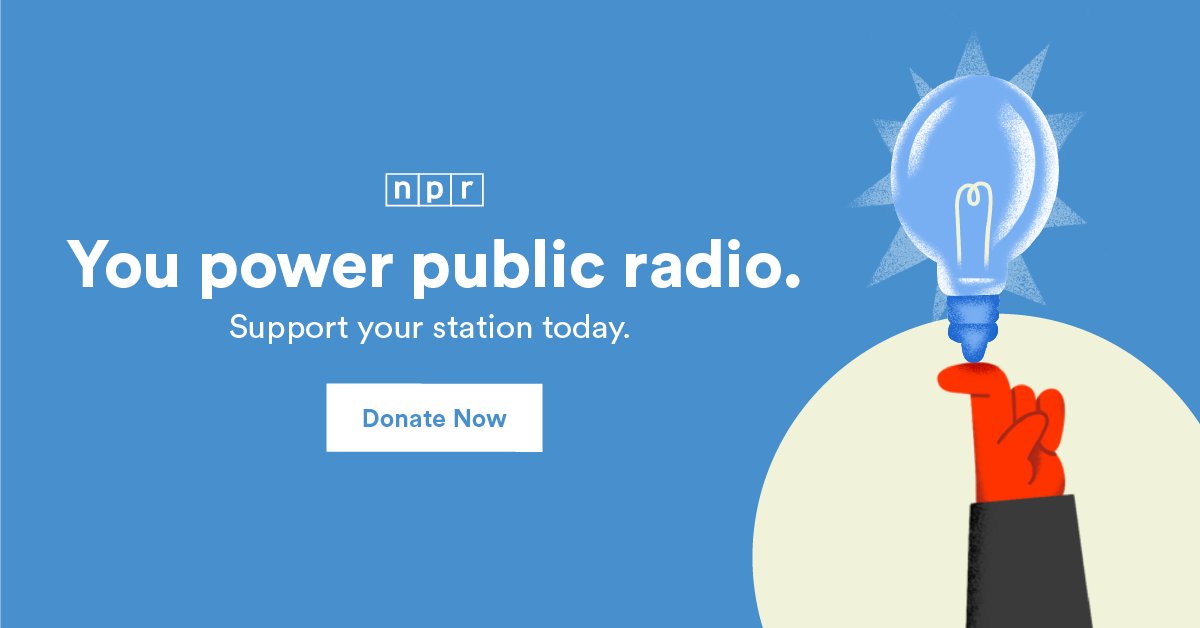 But the bulk of the fees that pay for those wonderful programs – and podcasts – comes from “listeners like you.” Public radio programmers and managers hope that because so many people enjoy their stellar content day in and day out, most will simply pay their fair share.
But the bulk of the fees that pay for those wonderful programs – and podcasts – comes from “listeners like you.” Public radio programmers and managers hope that because so many people enjoy their stellar content day in and day out, most will simply pay their fair share.
Except they don’t. A story in Current (public radio’s main trade publication) in 2017 about alternative donation technology confirmed what most people in public radio know too well:
Only about 10% of public radio listeners end up paying for their fair share. A few years back, a survey by Greater Public found it’s in the 6-12% range.
10%.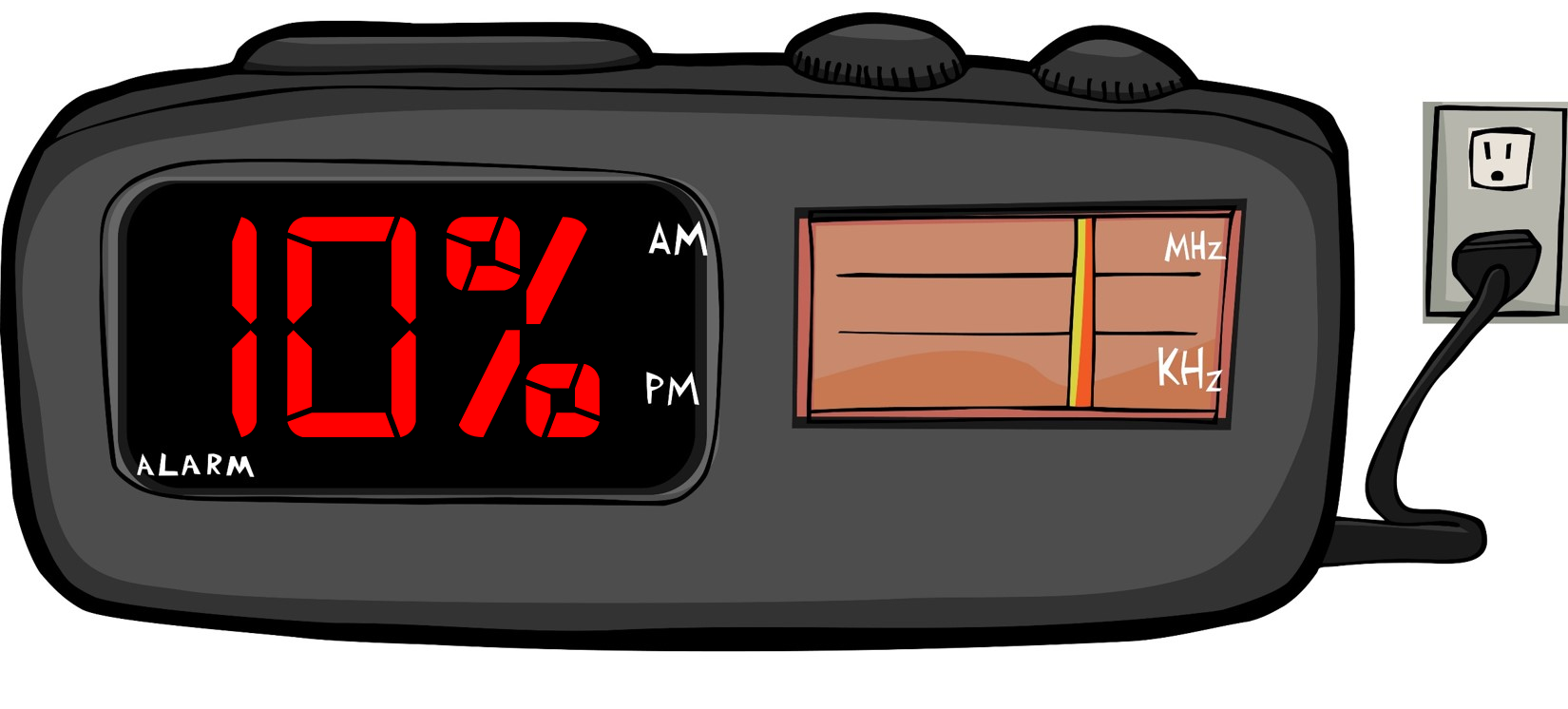
A look at most of the industry trades indicates they are generally consumed by what goes on in commercial radio – a platform that has to make it the old-fashioned way:
Selling spots.
Day after day, there are ongoing stories about the biggest companies – iHeartMedia, Entercom, and a handful of the others.
But there’s a whole lot to be learned from public and Christian radio. They may own the same technical equipment that Z100, KROQ, or WABC uses to broadcast their content to the masses.
But once you get beyond that, their operating distinctions and audience connections are becoming important differentiators.
Take word-of-mouth for example. It is much better among Christian and public radio stations than it is for commercial radio brands.
We recently completed all three of our 2020 Techsurveys, so we can now see just how great the “recommendation” disparity is among the various station groupings.
On the chart below, the red arrow shows the average Net Promoter Score for all of commercial radio – 43. The scores for Christian music and public radio are more than 30 points higher.
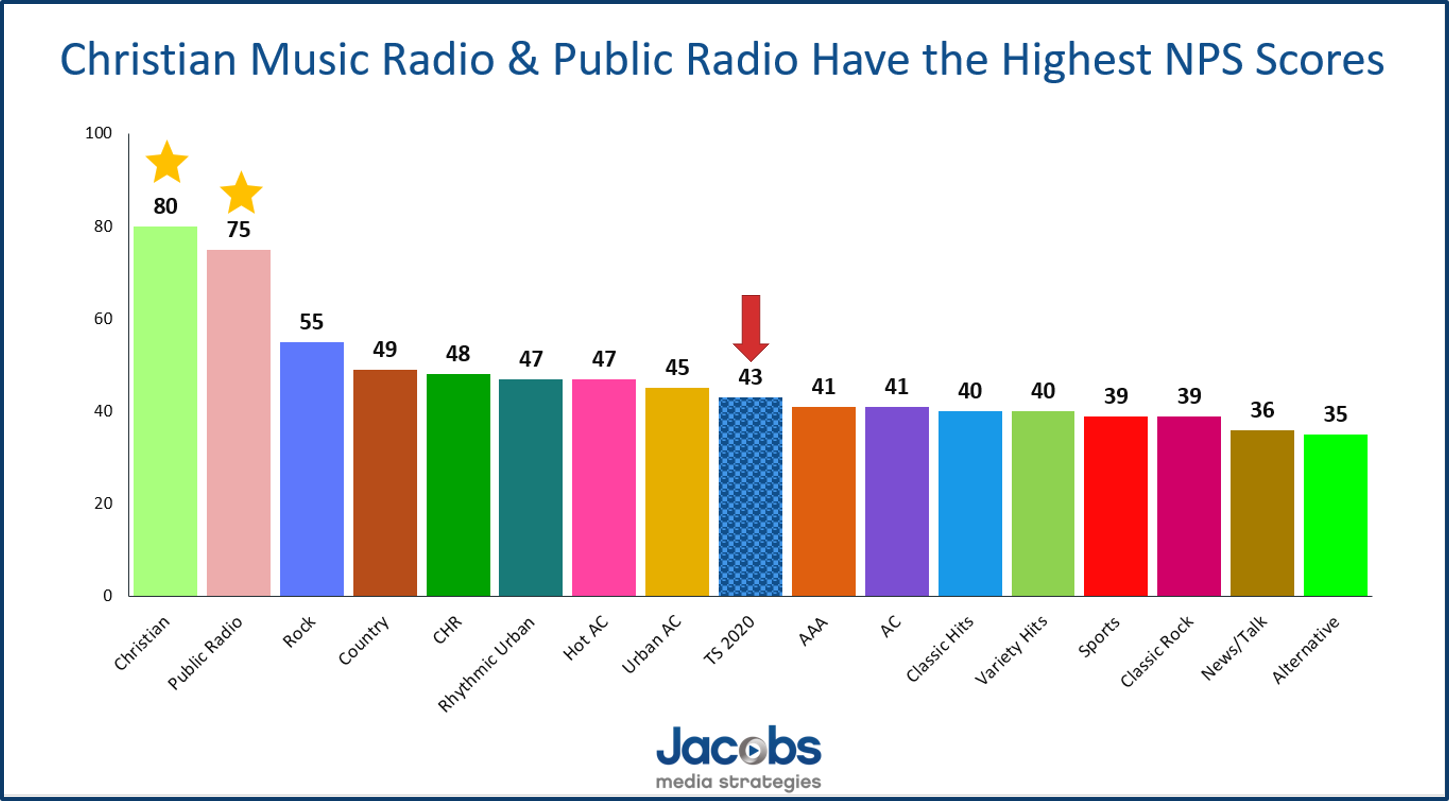
These days, marketing dollars are increasingly non-existent in pretty much all of American radio. Fortunately, social media makes it possible for truly connected and responsive stations and personalities to get the word out – and get it shared by their own audience members.
Public radio, in particular, has other key advantages – many of which it has consistently invested in over the past decade or more.
Apps, streams, news content, automotive, and smart speakers are all examples of this commitment, in time, energy, and financial resources.
One of the shining examples has been podcasting. Many of the most popular podcasts in the marketplace today either originated in the public media universe, or they’ve been heavily influenced by their style and content.
But even with more than one million podcasts now in the marketplace, public radio’s efforts often lead the league. Most data confirms that most months, it’s now a horse race between NPR and iHeartRadio for the top spot.
And for the first time in its history, NPR says it will generate more revenue and profit from its podcasting in 2020 than from conventional radio shows.
While that is impressive, and speaks volumes about where revenue is coming from in 2020, it begs the question whether public radio is deriving as much revenue as it could be from its podcasting and broadcasting efforts.
One thing we do know – public radio fans are paying for somebody’s content.
In PRTS 2020, we examined whether they are subscribing to video and audio streaming content platforms. And the answer is a resounding “yes.”
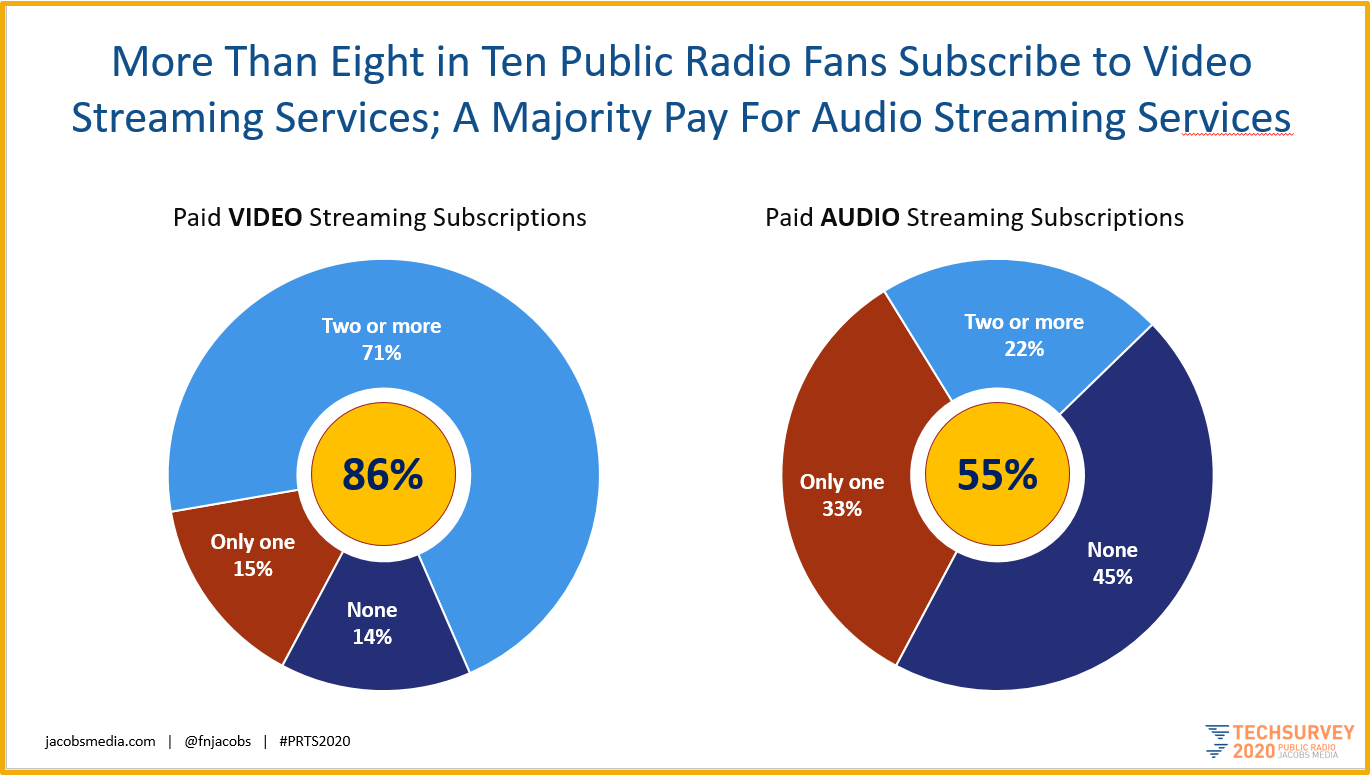
Nearly nine in ten (86%) subscribe to at least one video streaming platform; more than seven in ten are paying for two or more services. While not as common on the audio side of the ledger, a majority says they’re forking over money each month for services like Spotify; more than one-fifth are making payments to two or more audio streaming platforms.
We are living in a subscription culture in 2020. Seemingly every audio and video platform – from Netflix to SiriusXM to Apple to Disney – now has toll booths requiring payment for access. And most people will tell you these services are worth the few bucks a month it costs to keep them profitable – and constantly developing and acquiring new programs and services.
Public radio, on the other hand, operates like a charity. Listeners have been trained to believe they are donating, rather than paying for content services they use and enjoy.
I have moderated several hundred public radio focus groups over the past 2+ decades. Like clockwork, every time “membership” is raised, I hear some of the most avid station or network listeners say, they should give, but they just don’t have the funds. Some even remind me that “everyone has their hands out,” and that it’s difficult to decide between donations to various charities – as well as helping pay for the public radio they listen to every day.
As we move into the fourth quarter in a rapidly eroding economy, it will only get worse. I’m pretty sure Netflix or SiriusXM subscribers aren’t thinking about whether they should continue paying for the entertainment content they consume versus a great cause. They are two very different things.
Except in public radio (and yes, public TV.)
In this environment, we’re seeing tangible signs the system is breaking down. Actually, at only about 10% effectiveness, you might make the claim it’s never really worked well.
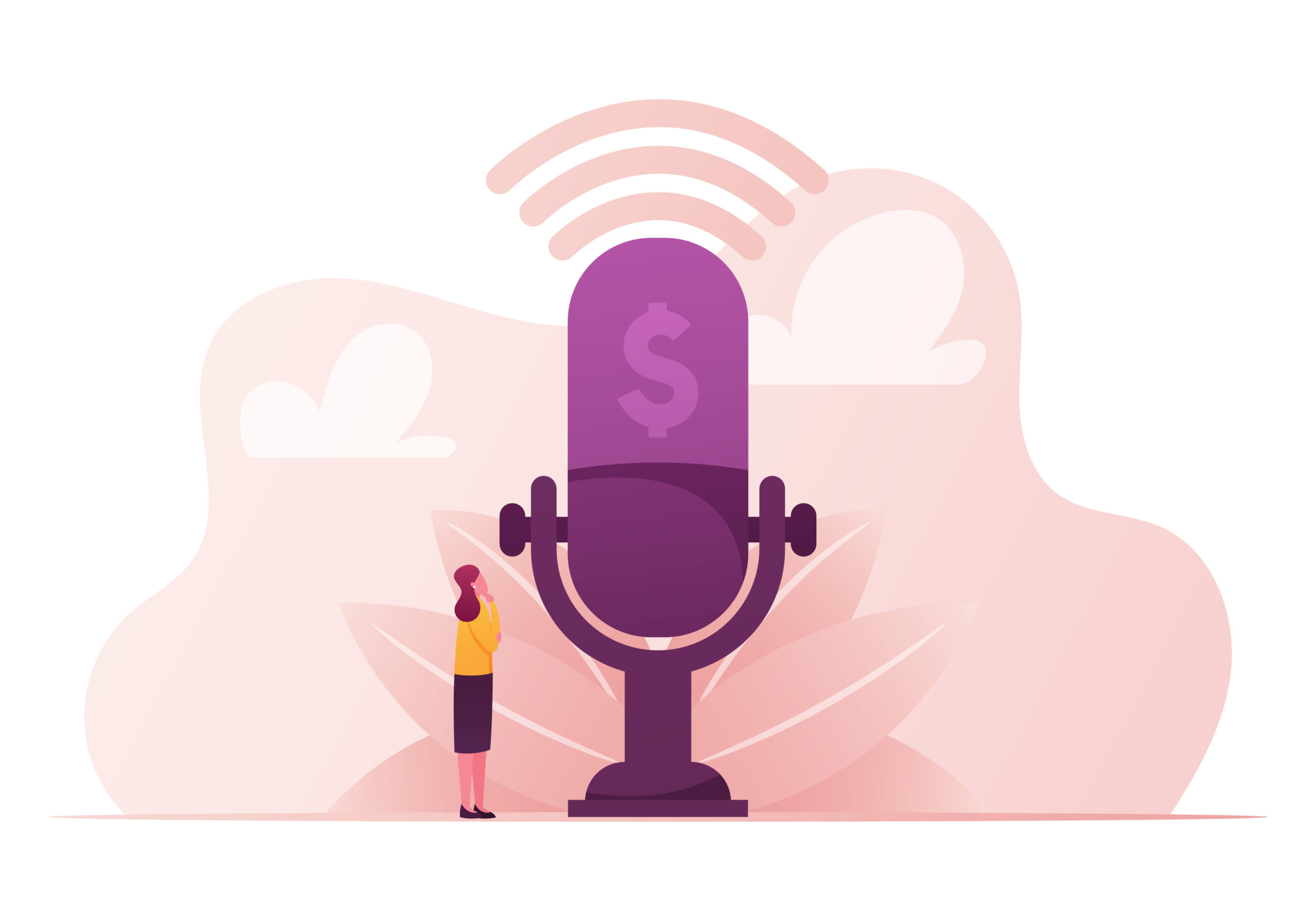 The fact public radio continues to rely on the generosity of its audience in the form of the shop-worn “pledge drives” says it all. Even the most staunchly loyal public radio devotees tune out during these exercises in begging for dollars.
The fact public radio continues to rely on the generosity of its audience in the form of the shop-worn “pledge drives” says it all. Even the most staunchly loyal public radio devotees tune out during these exercises in begging for dollars.
Public radio people are smart – they understand value proposition. In fact, many would love to hear a DIFFERENT value prop than having to sit through “begathons” multiple times each year.
Public radio listeners – as well as commercial radio listeners – will pay for content, especially podcasts. If they’re worth it.
We’ll take up that topic tomorrow, and we’ll look at some innovative ways another smart, content-rich brand is inspiring consumers to pay as they go. And do so gladly.
One thing is for sure, whether we’re talking about public, Christian, or commercial radio:
It takes just as much creativity to generate revenue as it does to create great content.
- Who At Your Station Would The Audience Like To Have A Beer With? - May 20, 2025
- Lessons For Radio From The Recent Google Home Outage - May 19, 2025
- The Rock Hall’s Most Egregious Snub Yet? - May 16, 2025





NPR is an excellent brand. However, lack of use of pages from the commercial radio playbook is lacking. Too many local stations are distracted by TV spending vs. cost-efficient radio. Many have dead weight or bad cutlure within their walls. And, spending has resembled “drunken sailors.”
Thanks for your daily thought provoking commentary, Fred. If these were podcasts, they’d certainly be professional.
Oh, the podcast idea, Clark. I’m getting consistent “pressure” from one of my offspring to create a podcast version o this blog – maybe once a week. A good idea?
Sponsorships are always tricky for public radio, but here’s how Northeast Wisconsin’s independent 91.1 The Avenue (WOVM)–which is essentially Classic-based Triple A–promotes them on its website…
https://avenueradio.com/support/business-sponsorship-opportunities
Ironically, that station is in pledge mode right now–although at least one of the station’s current sponsors is involved with branded “match hours”.
This is well-crafted, Eric, and I urge our public radio readership to check it out. Leaning into what we call “the halo effect” for sponsors and underwriters is just plain smart. Ironically, Jacobs Media conducted two of these studies for NPR a number of years ago, and it was impressive to see how many listenrs go out of their way to patronize businesses and orgaenizations that support the station.